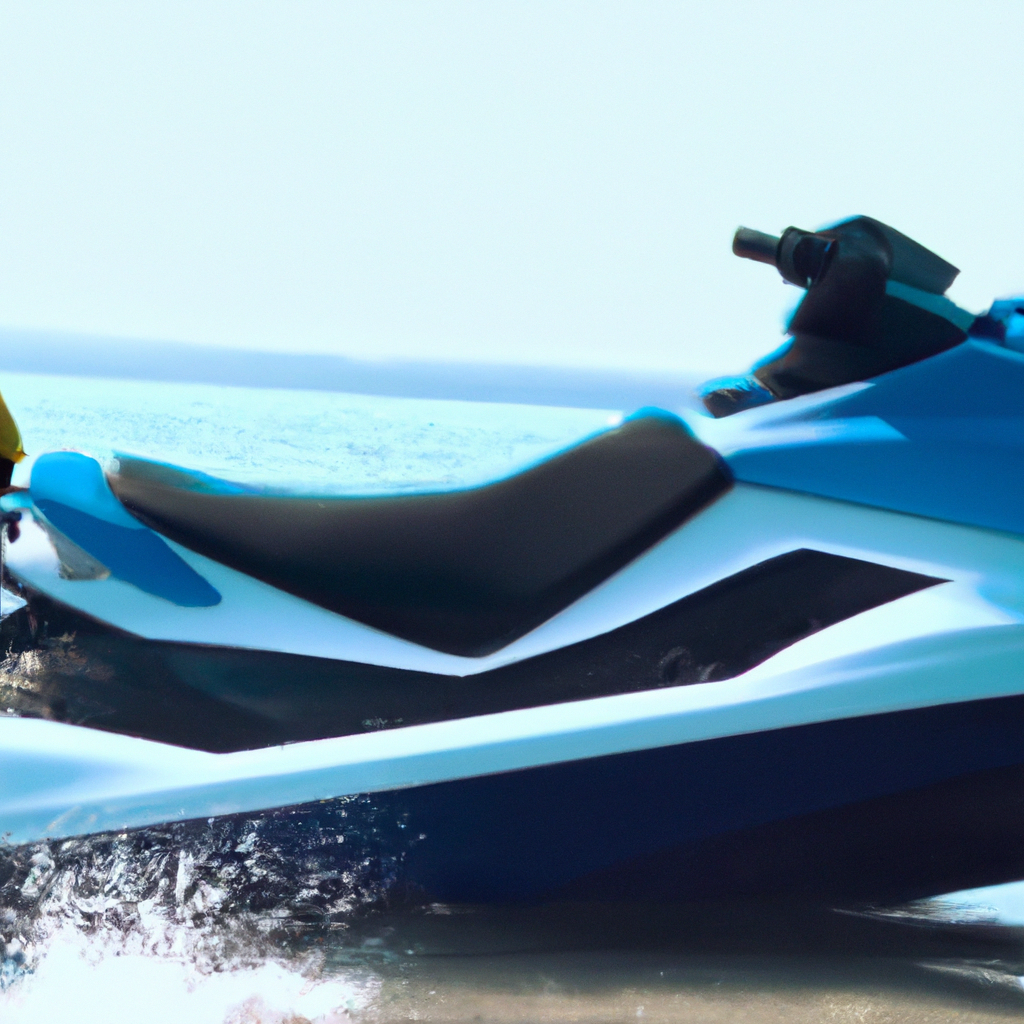Jet skis have become a popular watercraft for water sports enthusiasts and recreational vehicle enthusiasts alike. These personal watercraft are propelled by powerful engines and can reach impressive speeds, making them thrilling to ride. But how exactly does a jet ski work? In this article, we’ll explore the mechanics behind a jet ski’s propulsion system and explain how these aquatic vehicles work.
The Basics of Jet Ski Propulsion:
Jet skis are propelled by an engine that pumps water through a nozzle at the back of the watercraft. This creates a powerful stream of water that propels the jet ski forward. Unlike traditional boats that use a propeller, a jet ski’s propulsion system is entirely contained within the watercraft and does not have any external moving parts. This makes jet skis more maneuverable and safer to operate in shallow water.
The Engine:
The engine is the heart of a jet ski. It provides the power to pump water through the propulsion system and propel the watercraft forward. Jet ski engines are typically two-stroke or four-stroke, with the latter being more common in newer models due to their improved fuel efficiency and lower emissions. The engine is usually located in the hull of the jet ski and is cooled by water flowing through the system.
The Propulsion System:
The propulsion system of a jet ski consists of several components, including the impeller, nozzle, and steering system. The impeller is a rotating fan-like device that draws water into the jet ski’s pump and then forces it through the nozzle at the back of the watercraft. The nozzle is adjustable and can be used to control the direction and speed of the water jet. The steering system is connected to the nozzle and allows the rider to control the direction of the watercraft.
How a Jet Ski Works:
When the rider starts the engine, the impeller begins to rotate, drawing water into the pump. The water is then forced through the nozzle at the back of the watercraft, creating a powerful jet of water that propels the jet ski forward. By adjusting the angle of the nozzle, the rider can control the direction of the water jet and steer the jet ski. The steering system allows the rider to turn the nozzle left or right, changing the direction of the water jet and allowing the jet ski to make sharp turns.
Safety Considerations:
While jet skis can be a lot of fun to ride, it’s important to operate them safely. Always wear a life jacket and other appropriate safety gear, and be aware of other watercraft and hazards in the water. Jet skis are powerful machines and can be dangerous if not operated correctly. It’s essential to take a safety course and familiarize yourself with the controls and operation of your jet ski before taking it out on the water.
Conclusion:
In conclusion, jet skis are exciting and versatile watercraft that offer a thrilling ride for water sports enthusiasts and recreational vehicle enthusiasts alike. The mechanics behind a jet ski’s propulsion system are relatively simple but require skill and experience to operate safely and effectively. By understanding how a jet ski works and taking appropriate safety precautions, you can enjoy the thrill of riding on the water while staying safe and in control.







